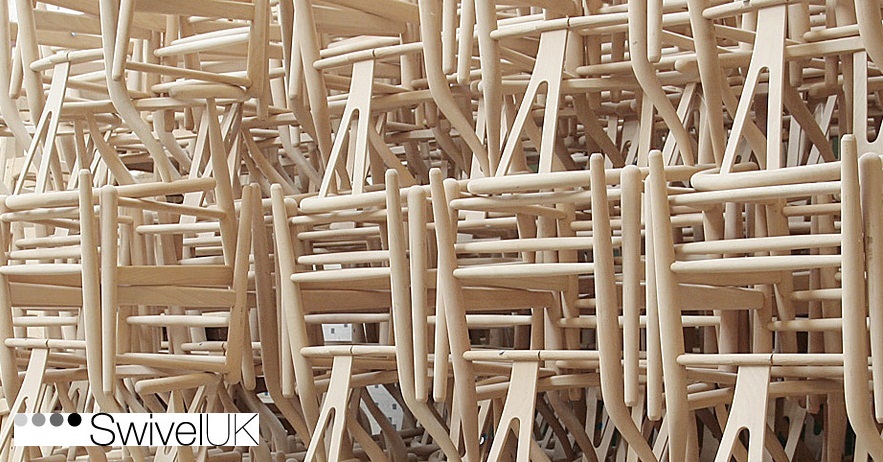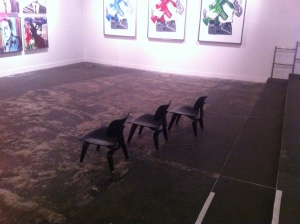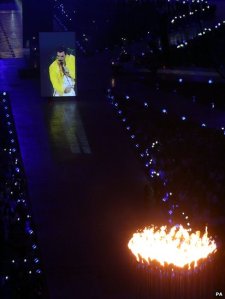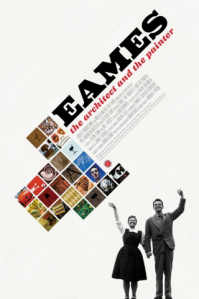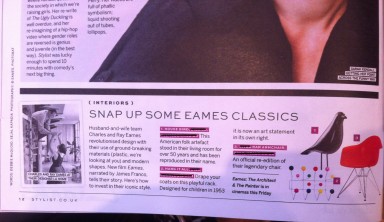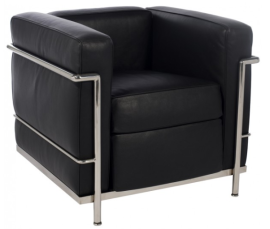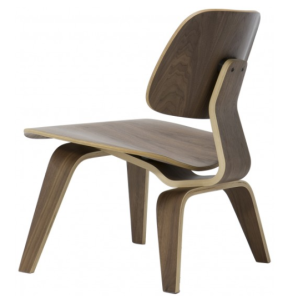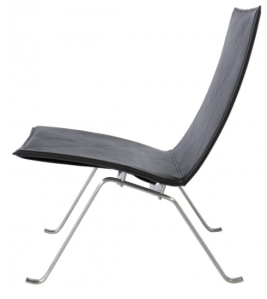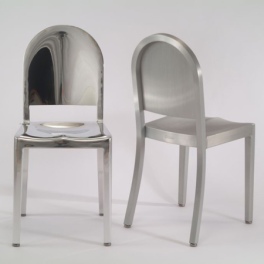 |
| The Young Ludwig Mies van der Rohe. Source: http://www.nndb.com. |
Though
there was much speculation about the new design movement in Germany, Mies van
der Rohe continued with his pursuit of the avant-garde design effort and in the
early nineteen-twenties he joined the Bauhaus School as Director of
Architecture. Here, he really began to drive the idea of using basic
functionalism and geometry to industrial design. He revered greatly in the use
of planar forms, full colours and clean lines in his work; it was said he was
greatly influenced by the no-nonsense, clean-cut work of Austro-Hungarian
architect Adolf Loos.
Nazi-ruled
Germany spelled great difficulties for the Bauhaus; in April, 1932 the Gestapo
raided the School. Political pressure eventually forced Mies and his colleagues
to relocate to a disused factory in Berlin. This move, however, was to make no
difference and in July, 1933 the faculty voted to close the Bauhaus
completely. Mies van der Rohe was the
last Director.
The 1930s,
then, spelled probably the most challenging era in Mies van der Rohe’s career,
as it did for many contemporary ‘European’ designers of the time. His style considered not ‘German’ in character
by the Nazis in Germany, the architect was forced to relocate to the United
States in 1937. As with many things in life, however, great tragedy and pain
often brings greater opportunities. In the USA, Mies flourished. Soon after
moving there, he became Head of Department for the newly-established Illinois
Institute of Technology.
Ludwig Mies van der Rohe on a Brno Tube Chair. Source: www.designboom.com
This
period began a lifelong residence in Chicago that would last until his death.
The architect, indeed, is said to have worked in the same studio for the entire
tenure of his 31-year career. He worked on several major projects, including
the Museum of Fine Arts, Houston and the National Gallery of Berlin. Many of
the furniture pieces created as part of his large-scale architectural work,
indeed, went on to become popular in their own right; such as the Barcelona and
Brno Chairs, both of which are a nod to his architectural work with projects of
the same name.
The Barcelona Chair. Source: swiveluk.com
Mies van
der Rohe never returned to Germany. Throughout his work, however, one can see
not only the early elements of minimalism he so greatly prided, but a raw
functionalism that was perhaps a product of the pain and tragedy he saw in his
Homeland, in Nazi-Germany. Discarding the underlying philosophical influence in
his work, however, the success and legend of his work to this day is a
reflection on the timelessness of his work; and of his abilities as a creator.
For
someone who never had a single day’s formal training in architecture school,
who learnt everything from practical experience and self-study, his legacy as
one of the greatest architectural minds that ever existed makes him even more
formidable. On August 17th 1969, Mies van der Rohe passed away in
Chicago. His life and legacy, however, still resonate in the design community
and beyond to this day.
Sources: On request.
Words: victoria@swiveluk.com.
